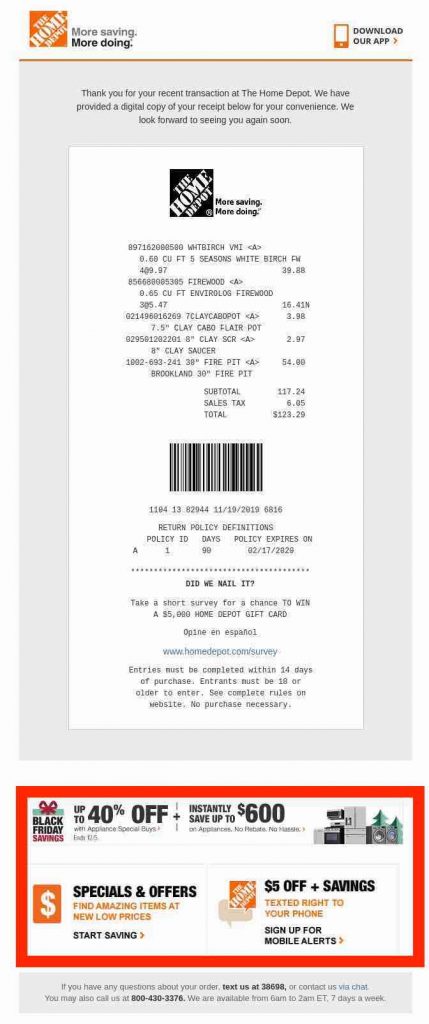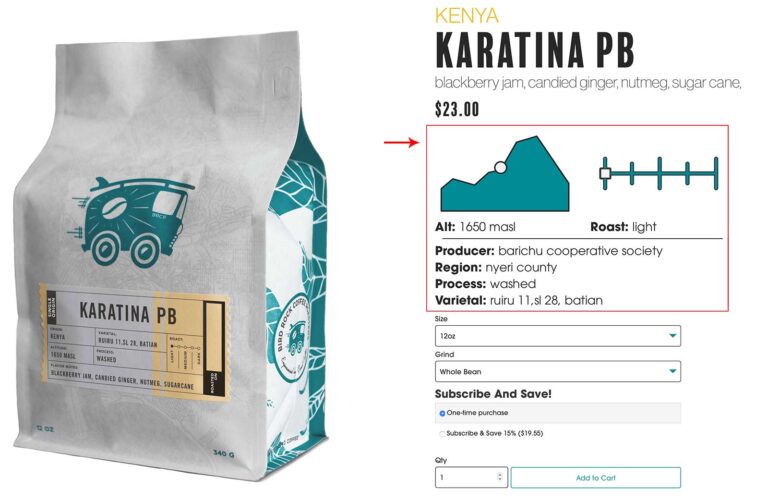
ThredUp states that the growth of the second-hand clothing market is being driven by younger consumers, with 40% of millennials and Gen Z consumers shopping secondhand clothing, shoes, or accessories in the past 12 months. Spurred on by the desire to save money and/or buy more sustainable fashion, young consumers are also using social media apps like TikTok and Snapchat to share in their love of thrifting and vintage clothing. The hashtag #secondhandfashion has 23.8m views on TikTok.
— Depop (@depop) August 15, 2021
Growth of second-hand platforms being driven by social media
One example of this is The Archivist, which helps luxury brands ‘reclaim’ their products, mainly through data insights on how their products are faring outside of their own channels. Its Resale Intelligence solution monitors what products are selling and where, and helps brands find and take action on the sale of counterfeit goods. According to Vogue Business, future services from The Archivist will also include “in-store buy-backs, a branded secondhand marketplace, and a peer-to-peer marketplace for buying and selling.”
Meanwhile, another company hoping to reach this valuable demographic is Etsy, which recently acquired the resale app Depop in a .6 billion cash deal. With 90% of Depop’s userbase under the age of 26, Etsy looks set to capture a new audience (keeping Depop separate from the much older consumer base of its Etsy platform).
Of course, resale operations aren’t easy from a logistical perspective, but it’s no coincidence that multiple retailers are launching similar initiatives around the same time. The reason is that many are now partnering with new and emerging ‘resale-as-a-service’ companies that provide both the technology and operational expertise needed to run them. One of these tech companies is Reflaunt, who is behind H&M Rewear as well as Harvey Nichols’ new resale service.
Interestingly, it’s not only fashion brands that are tapping into resale opportunities. Recently, LG announced a partnership with ThredUp as part of its ‘Second Life’ campaign, cementing the demand for sustainability initiatives across industries. The campaign will enable US customers to order a ‘LG Donation Clean Out Kit’, enabling them to ship any second-hand apparel, shoes, and accessories to ThredUp for free. In exchange, LG and thredUP will donate to a select charity of the seller’s choice, before giving the items a ‘second life’ and reselling them on the ThredUp marketplace.
What is ecommerce-as-a-service?
Speaking to Fashion United, Reflaunt’s CCO and co-founder Felix Winckler describes the core proposition of Reflaunt as a platform “made to simplify the listing process.” Essentially, Reflaunt acts as the ‘middle man’ for brands, taking care of the resale process on multiple second-hand platforms including eBay. Its USP is that it creates customer journeys in line with the brand’s tone of voice and identity, ensuring that it blends in with its wider CX (and functions like customer support and marketing).
Fashion marketplace Poshmark recognises the opportunity afforded by social media platforms, having recently launched its own mini shop within Snapchat that allows consumers to browse and buy within the platform itself. As well as furthering Poshmark’s ability to personalise content and connect with its existing community, the new channel will allow it to reach a higher percentage of younger consumers. Speaking to Forbes, Poshmark’s chief marketing officer, Tristan Young, cemented this aim. “Poshmark mini will introduce millions of new shoppers to Poshmark while deepening its relationship with Gen Z, an important and fast-growing part of its community,” he said.
The emergence of resale-as-a-service
For more on the latest trends in online retail, don’t miss Econsultancy Live 2021: The Future of Ecommerce, taking place from 23-24 November. Early-bird passes are available now.
“Brands are all coming to the same realisation: They see massive amounts of their products on peer-to-peer websites and have no control,” he told Business of Fashion. As a result, resale-as-a-service companies like Trove enable brands to take command of their product – as well as delivering wider benefits for the customer including sustainability and affordability.
Another company offering resale-as-a-service is ThredUp, which recently announced that it is to acquire fashion resale business Remix Global AD, in a move that will see it continue its European expansion. Currently, ThredUp offers its technology and services (including fulfilment) to the likes of Fabletics, Urban Outfitters, and for the Madewell denim resale service. The latter enables customers to return any pair of worn denim jeans (from any brand) in exchange for credit. From there, the denim goes through a quality checking process via ThredUp’s distribution centre before being resold online or in select Madewell stores for a fraction of the original price.
With demand for second-hand luxury fashion on the rise, authenticity and control (powered by data) could become a key differentiator for retail brands enabling the sales of second-hand fashion.
Trove – the platform behind Lululemon and Levi’s resale services – is another tech company gaining traction. Trove recently generated .5 million in funding, bringing its total amount to 2.5 million. According to Brook Porter, a founding partner at G2 Venture Partners, the reason that many more retailers are showing interest is to account for the lack of authority over the sale of their own second-hand goods elsewhere.
A large percentage of luxury brands have steered clear of resale partnerships, with many believing that the second-hand market can diminish exclusivity as well as dilute the importance of new collections. However, technology platforms are trying to convince luxury brands that the market is now too big to ignore.
Indeed, Depop could be a profitable move for Etsy, as other second-hand platforms are proving the market’s current and predicted strength. ThredUp revealed that its revenue grew by 26.7% in the second quarter of this year, reaching nearly million. Similarly, Poshmark announced a 22% rise in net revenue to reach .8 million, while its active buyers were up 16% to seven million.
Similarly, for The Archivist and other resale-as-a-service companies, the ability to help retail brands draw back consumers from rival second-hand marketplaces – and crucially, win loyalty – is likely to further generate investment in the space.
For young users, Depop’s appeal stems from its highly social and highly curated aesthetic, whereby sellers are encouraged to use other social media platforms in conjunction with Depop to ‘build their brand’ and continue the lifecycle of clothing.
Using data to determine second-hand demand
Looking for reworked handbags, who’s selling? #depop pic.twitter.com/jzg4e9qWUj
Elsewhere, H&M has launched H&M Rewear in Canada, similarly enabling customers to buy and sell clothing online from any brands.
Resale is currently growing 11 times faster than the broader retail clothing sector, suggests new research on the second-hand clothing market. According to figures cited in ThredUp’s latest report, the resale and traditional thrift market is predicted to be worth billion by 2030 – more than double what the fast fashion market, at billion, will be worth by the same year.
The resale market is predicted to grow to more than double the value of the fast fashion market by 2030. A social-media-fuelled wave of consumer interest in sustainable clothing, plus new technology solutions that let retailers jump on the resale bandwagon, are contributing to the surge.






